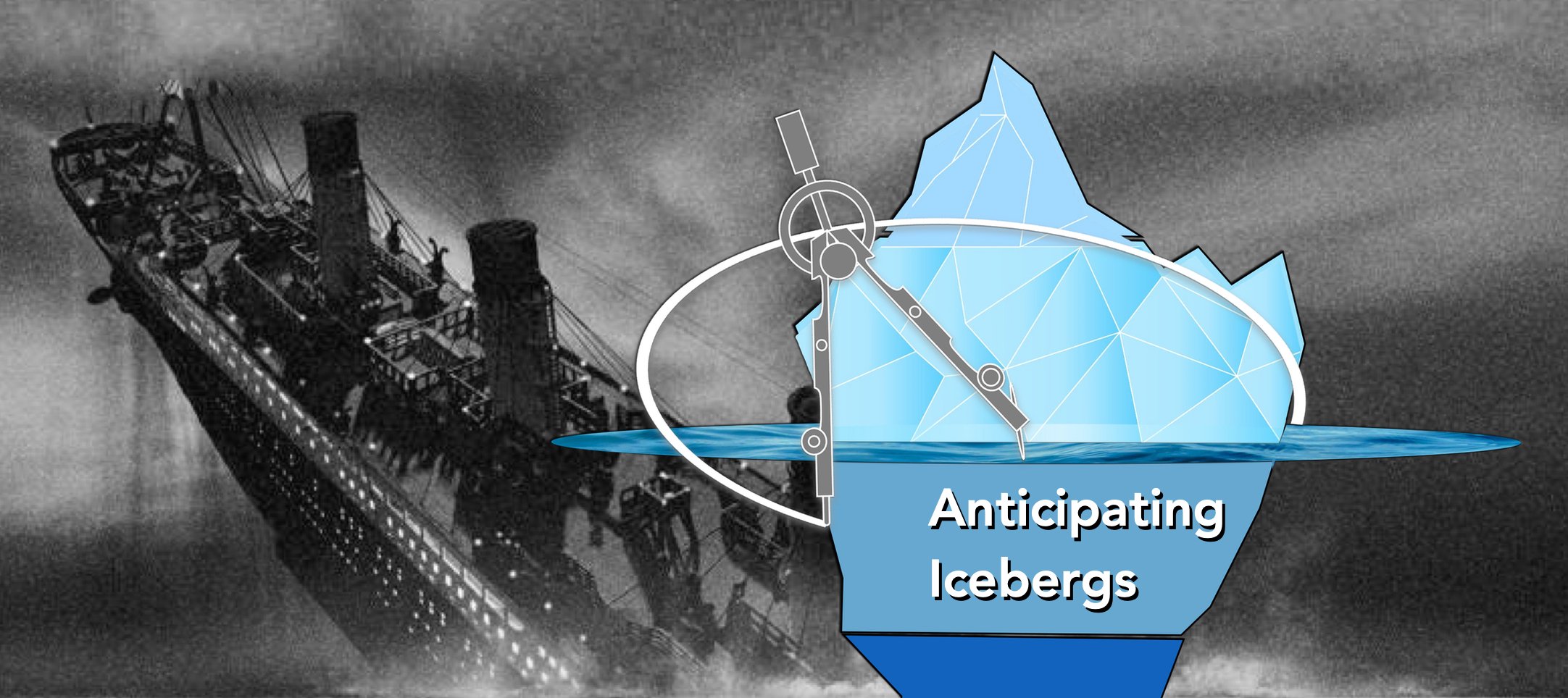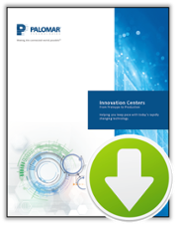Packaging development and process work marks the critical universe of small beginnings. Problems rightly anticipated in these earliest stages of development allow for approaches that are not only technologically effective, but deliver final products that survive the advent of the unexpectedly cataclysmic. The latter are usually best foreseen by those totally outside a project. A great innovation can be game-changing, but that fact alone can give birth to a significant danger. Being so caught up in the excitement of potential, the real though relatively unlikely threats can no longer be weighed up and appropriately pre-empted. So with the Titanic, the idea of a sinking event—despite history being littered with sunken ships—was so outside the builder’s frame of reference, that not enough life boats were fitted (though they were designed in). Physical realities were set aside for the assumption that the world’s largest ever ship literally could not capsize on its maiden voyage.

Looking back, that deduction defied logic, and even today challenges vocabulary to find the language necessary to capture the lack of foresight involved. As it turns out, it was a fundamental weakness that itself was only exploited by the violence of nature, but worsened by other human decisions, such as last-minute goal to try and break the transatlantic speed record—requiring the ship’s course travel further north than originally planned. Had ambitions been more calculated, the iceberg would have remained anonymous and the movie Titanic wholly absent from film history.
In the presence of unalloyed objectivity, calm embrace of the facts of physics and probability together with a good dose of common sense, the Titanic would have survived to take its place in history as the world’s largest and fastest liner earning its investors a good return. That having been said, safety thereafter could not have been more to the forefront in global passenger shipping; yet in a more perfect world, the two would have coalesced from the beginning.
What was absent in this entire story is the one-anchor-point-of-thinking that would have prevented this succession of bad decisions from ever being made, namely, anticipating being hit by an iceberg. Of course, we mean pragmatically, not just conceptually. Acknowledgment of the obvious is no good if we do not practically line-up —and line-up all the way. The Watch was on the look-out for icebergs, but the ship was not fully equipped for such an event. That having been said, the obvious can often be difficult to see in the midst of the enthusiasm and passion that surrounds the development of new and innovative technology. Furthermore, and as with the Titanic herself, the iceberg was spotted, but in the end both lacked the maneuverability to avoid the danger and the wherewithal to cope with it.
Palomar’s global Assembly Services have decades of experience in understanding, mapping, and pragmatically anticipating the potential of being hit by an iceberg by bringing together foresight and pragmatic agility. Not least because we operate outside the pressures to perform for the sake of merely being impressive, as equally outside the brawling tyranny of trying to sell something. The result is a holistic focus run by development and process engineers—whose prime motivation is solving the packaging process challenges our customers bring us. They have one goal in mind, finding the most effective solution within the customer’s commercial and technical frames of reference. Yet this is far from the only advantage. If the logic of our Titanic scenario is clear, the application of it requires a distinct expertise all of its own. This distills into an almost intuitive ability to correctly judge the difference between possible and probable solutions to packaging challenges faced. Analogous to solving a Rubik’s cube, through trial and error our engineers have learned that aligning green squares too early will misalign the red and blue ones later. This references the pragmatic agility mentioned earlier.
Mindful to protect intellectual property, we nonetheless can conclude this blog with two real-life examples of the practical value that Assembly Services has brought to our customers. On one occasion, we identified subtle issues with a material’s physical properties whose continued use would have not only consumed thousands of dollars in material expense, but more importantly swallowed up costly hours in trying to adapt a process that inherently could never be successful. Using our analogy, the Palomar engineer was able to see the iceberg just as the ship had set sail, instead of just minutes before collision. On another occasion, Assembly Services had been commissioned to undertake an initial production run based on a customer’s new packaging design, but these soon ran into trouble. Our customer feared this was due to the innovative method they had developed, but our engineer was more inclined to call into question one of the components. As it turns out, our customer had been supplied a sub-standard product by his supplier. The reader will be immediately aware, that had this issue not been swiftly identified, months could again have been wasted unnecessarily redesigning packaging protocols doomed to failure.
Palomar offers not just its services to assemble products and conduct prototype builds, but its decades of experience and adherence to quality in the process of assembling and testing products. You can find more information about Palomar’s Assembly Services here.
Download the brochure for your region to learn more:
----
Dr. Anthony O'Sullivan
Strategic Market Research Specialist
Palomar Technologies


